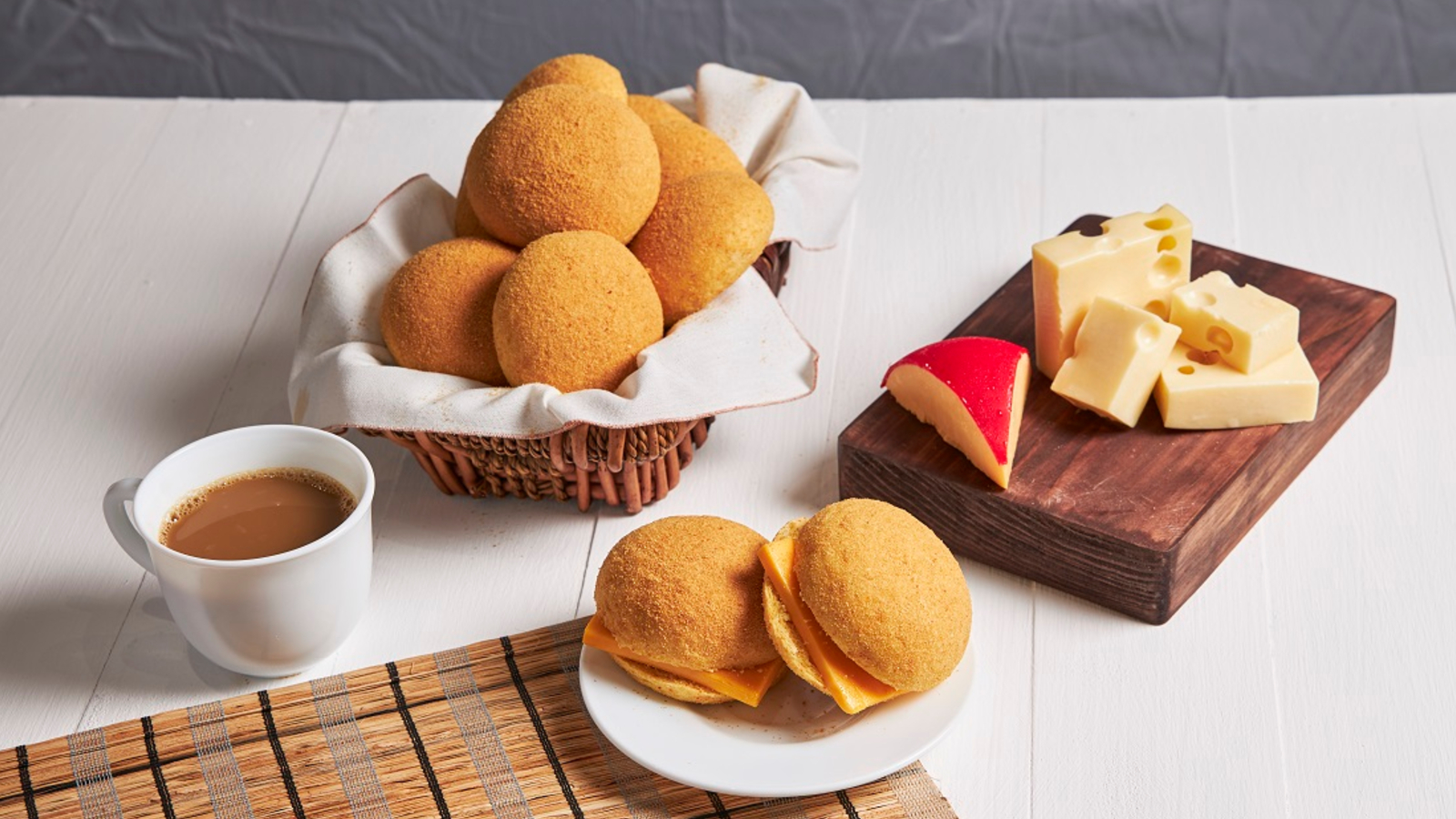- About Us
-
Flour Products
- For Breads
- For Specialty Breads
- For Noodles
- For Cakes
- For Pastries
- For Biscuits And Cookies
- For Breading, Cooking and Thickener
- Pasta Products
- Baker John Products
-

Here’s How Pandesal Became a Staple in Every Pinoy Household
Pinoys love their pan de sal in the morning, for merienda, for midnight snack and everything in between. But how did the household favorite become such a staple?by URC Flour Team
If the Italians have foccacia and the Japanese have curry bread, we Filipinos have the beloved pandesal. Spanish for “bread of salt”, it is the quintessential breakfast roll found in every neighborhood bakery, where it usually sells out by mid-morning. These warm and airy rolls are a regular on every Filipino household’s dining table.
Pandesal is a small semi-round roll coated in toasted bread crumbs, slightly crunchy on the outside but soft and airy to the bite. Contrary to the term, pandesal isn’t actually salty but is rather sweet. Made using only flour, baker’s yeast, water, sugar, and salt, its simple recipe gives it a low price point, making it accessible to anyone and everyone.
While best consumed plain and fresh from the oven, pandesal is present in so many forms of meals or snacks—with a cup of coffee, dipped in a mug of hot chocolate, laid out with a spread of jams and cheeses, or even stuffed with ice cream. Perhaps, this versatility gives rise to its popularity and ubiquity.
In spite of how simple it is, it is consumed on the regular by both the rich and the poor and is enjoyed by all ages. So how did the pandesal come to be?
In pre-colonial times, the diet of our indigenous ancestors mainly consisted of rice. When the Spaniards arrived, however, they wanted to recreate the French baguette. They made bread with wheat flour and baked it directly on the floor of a pugon or a wood-fired brick oven. The resulting product was pan de suelo, or “floor bread”, which was softer than the French baguette but harder and crustier than the present pandesal.
Since wheat flour wasn’t largely available in the Philippines and had to be imported, the bakers switched to local flour like all-purpose flour or bread flour, which resulted in a softer dough, becoming the pandesal that we know today. However, it wasn’t until the arrival of the Americans that the pandesal became widely produced. American wheat was cheaper than rice, and the influx of imports of yeast and baking pans resulted in lower production costs. Eventually, pandesal became a cheaper alternative to rice during the war, giving it the nickname of “poor man’s bread”.
Now, pandesal comes in many variants. You have the malunggay pandesal, ube pandesal, and even healthier versions like the Baker John Carrot Pandesal, which are all readily available in supermarkets. In fancy cafes, you can find corned beef-stuffed pandesal, while artisan bakeries usually have carefully-crafted pandesal. No matter the form, one thing’s for sure—the well-loved pandesal isn’t leaving the Filipinos’ diet anytime soon.
Get in Touch With Our Flour ExpertsPlease leave your contact information below and we’ll contact you shortly.Thank YouWe received your message.
Our Flour experts will contact you soon.
You may check your inbox for future updates.To learn more about our products,
go to https://www.urcflour.com/products/flourFollow https://www.facebook.com/URCFlour for updates.
We use cookies to ensure you get the best experience on urcflour.com. By continuing to browse our site, you are agreeing to our use of cookies. Find out more here.